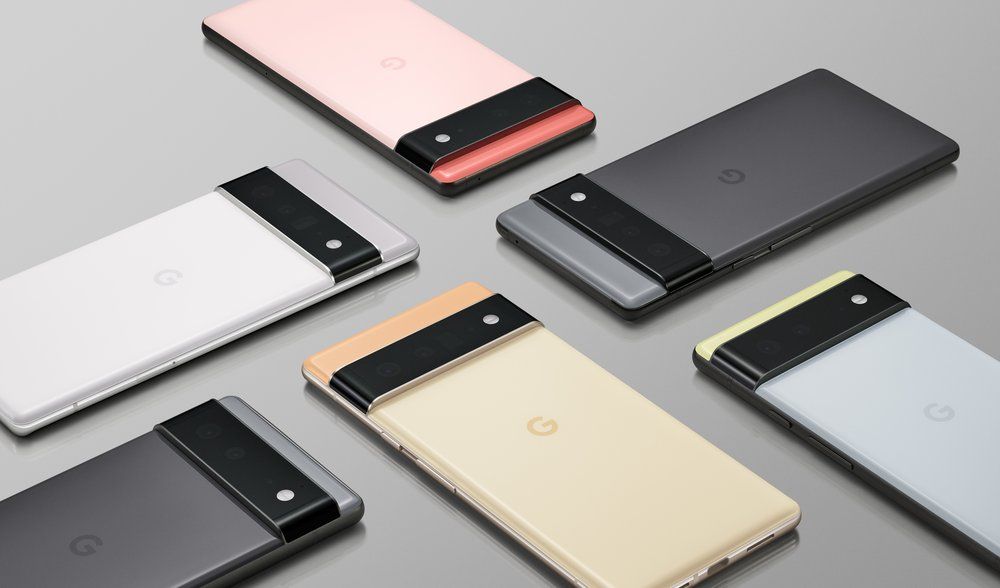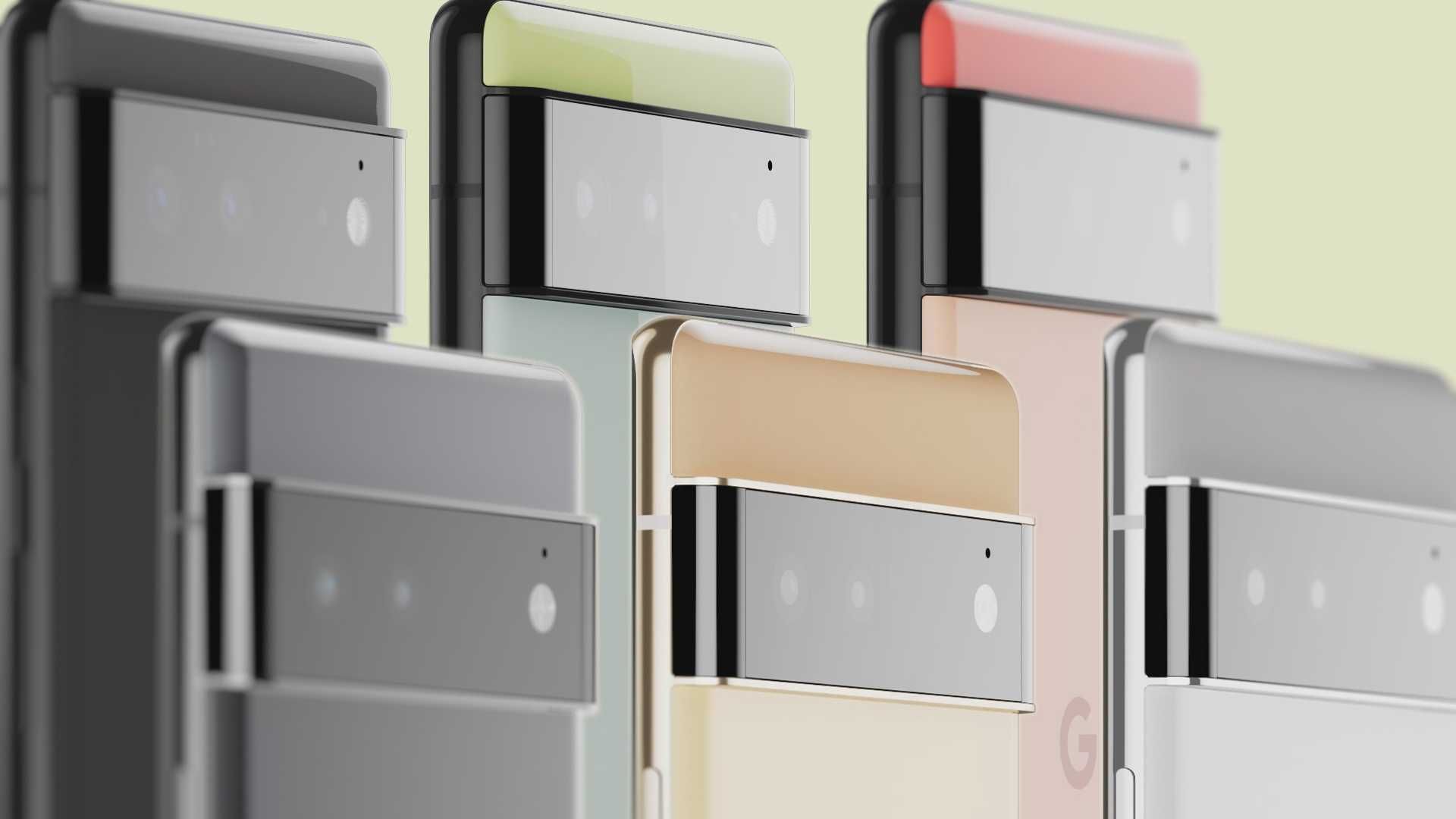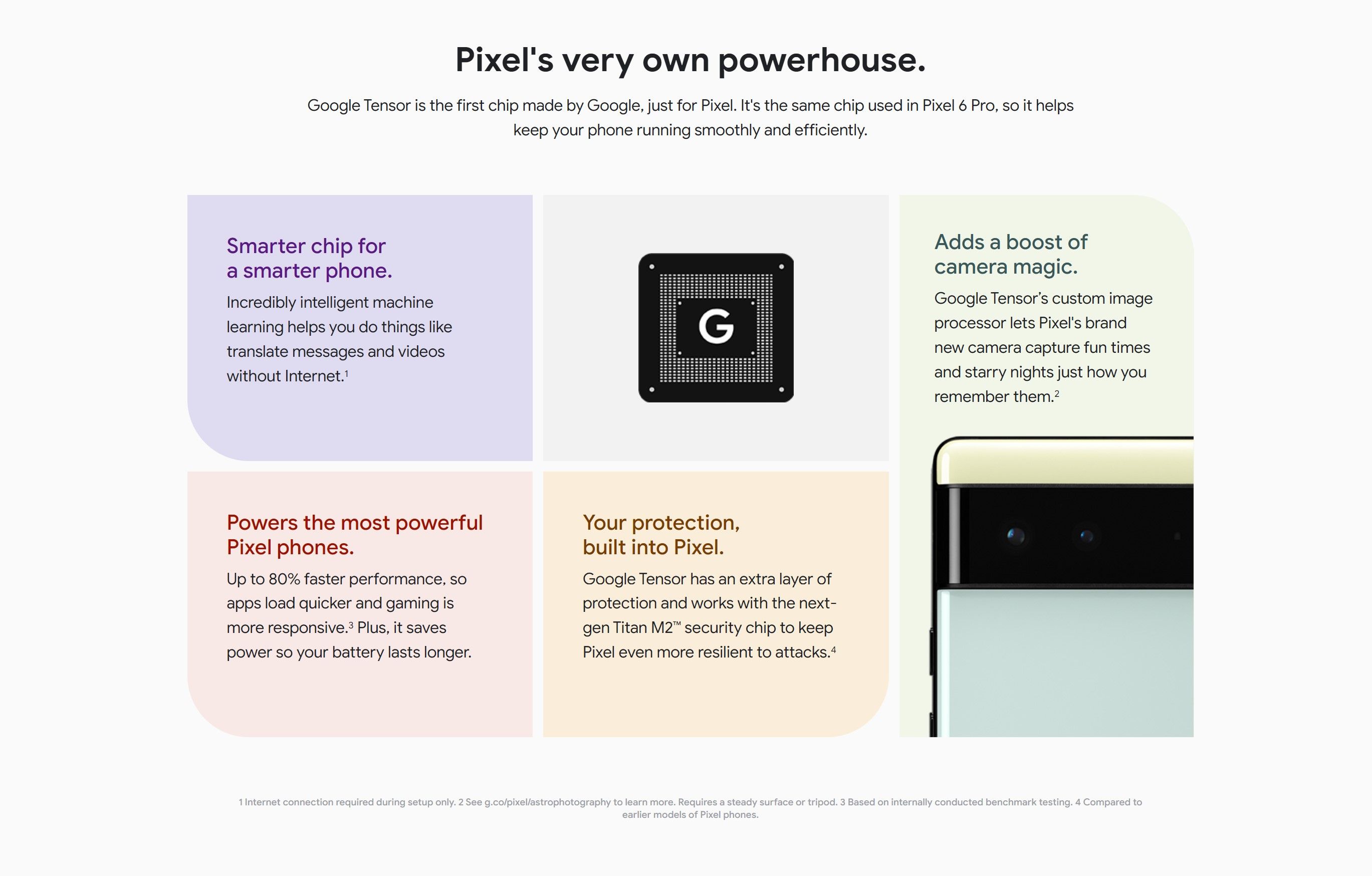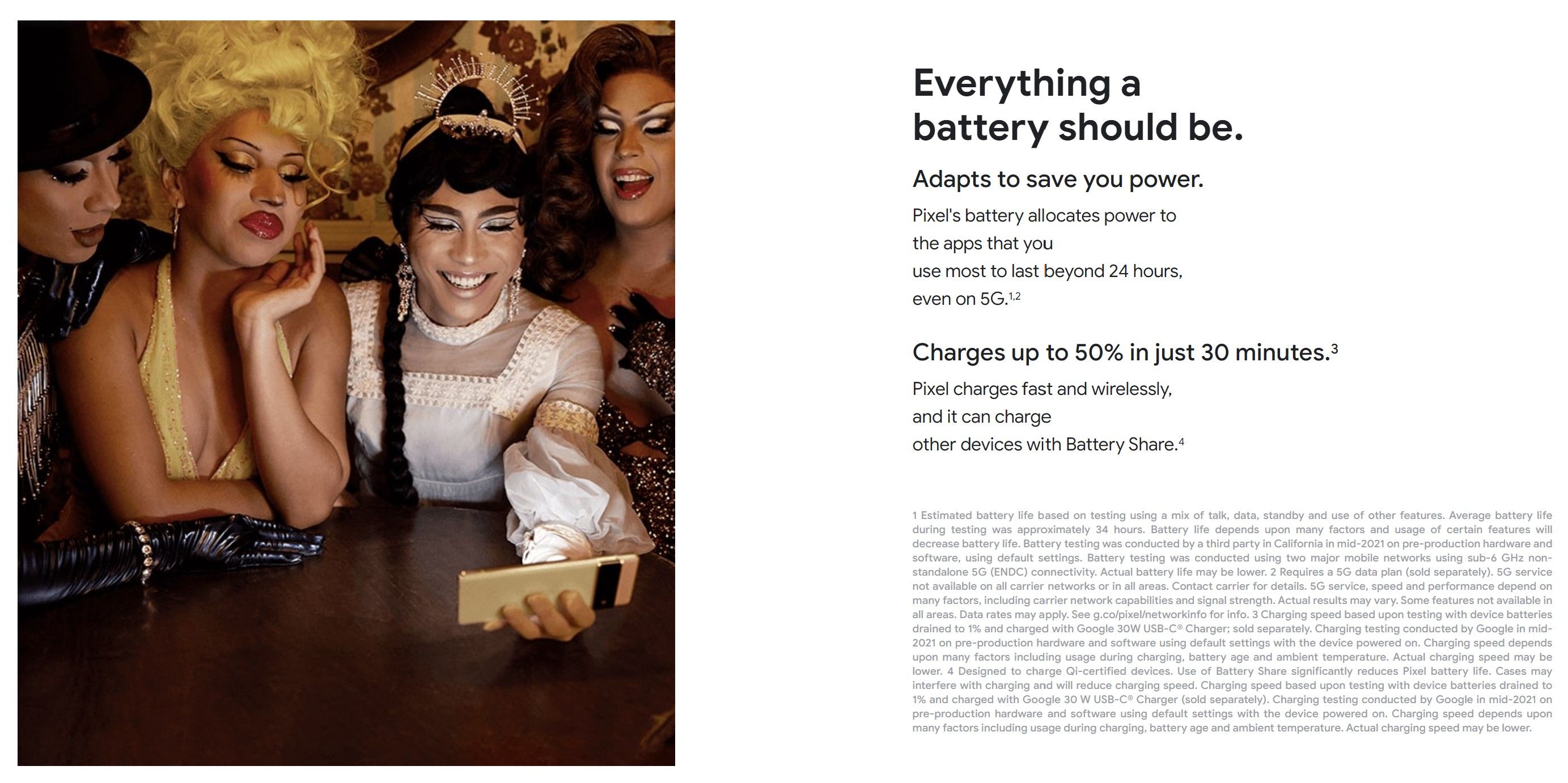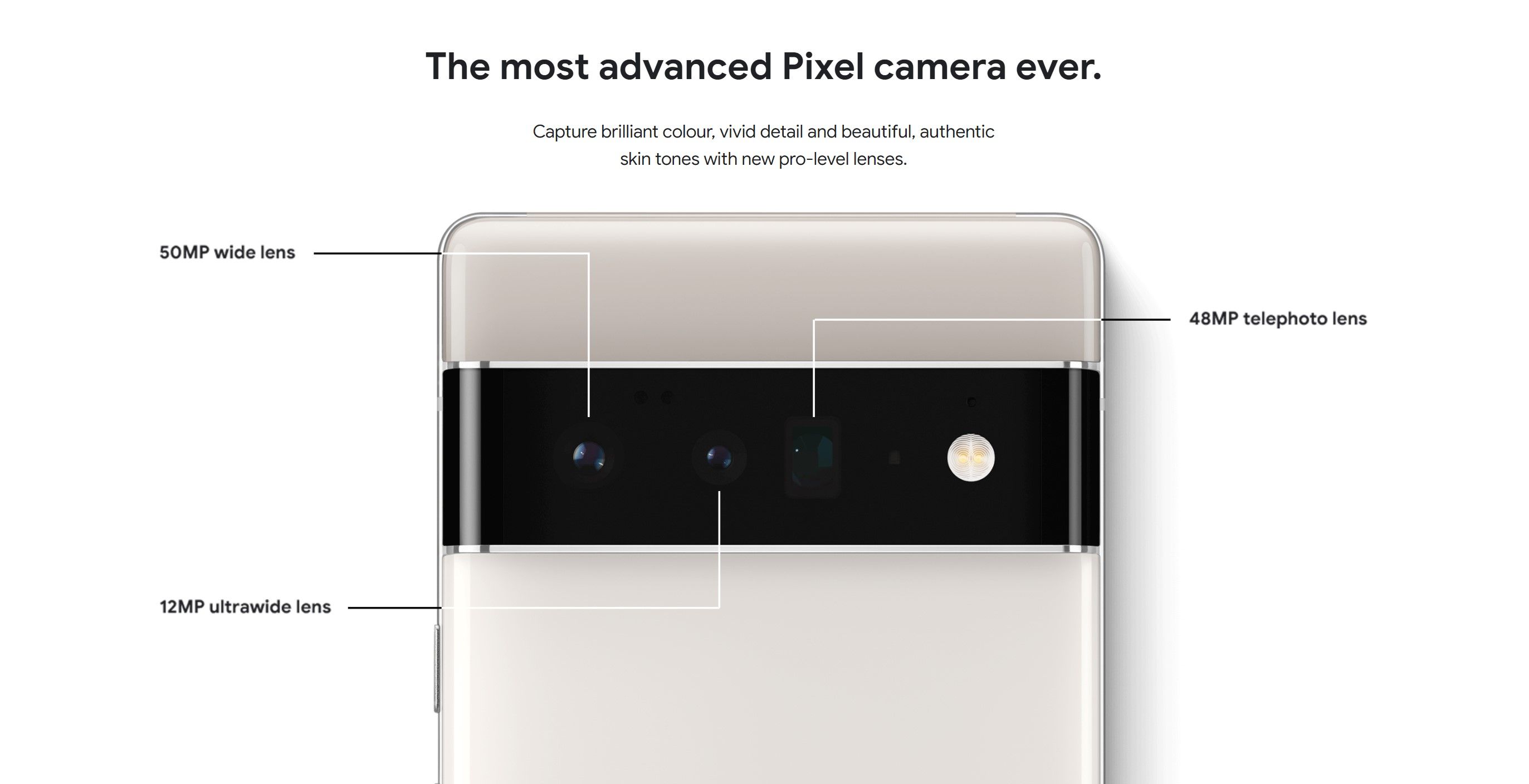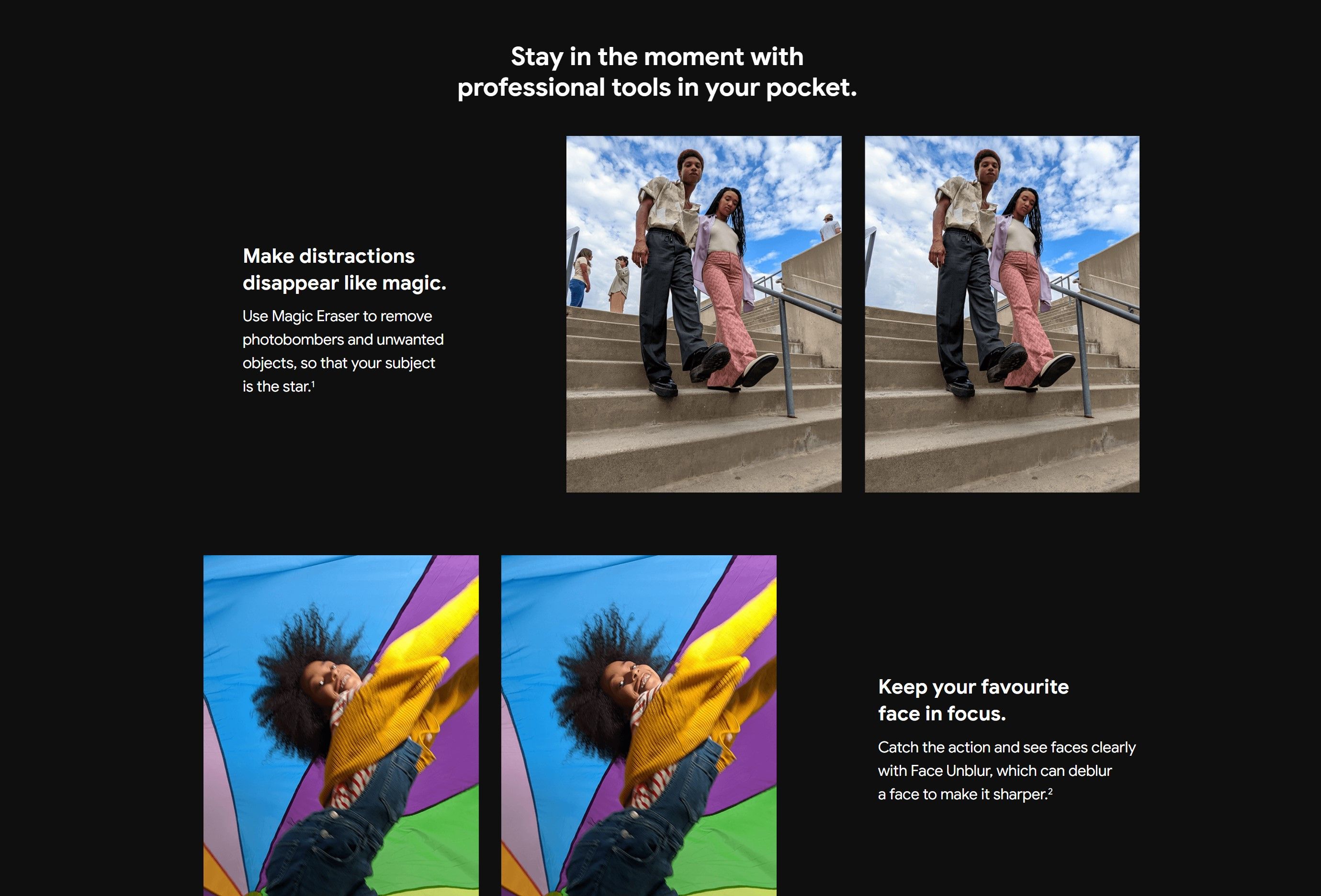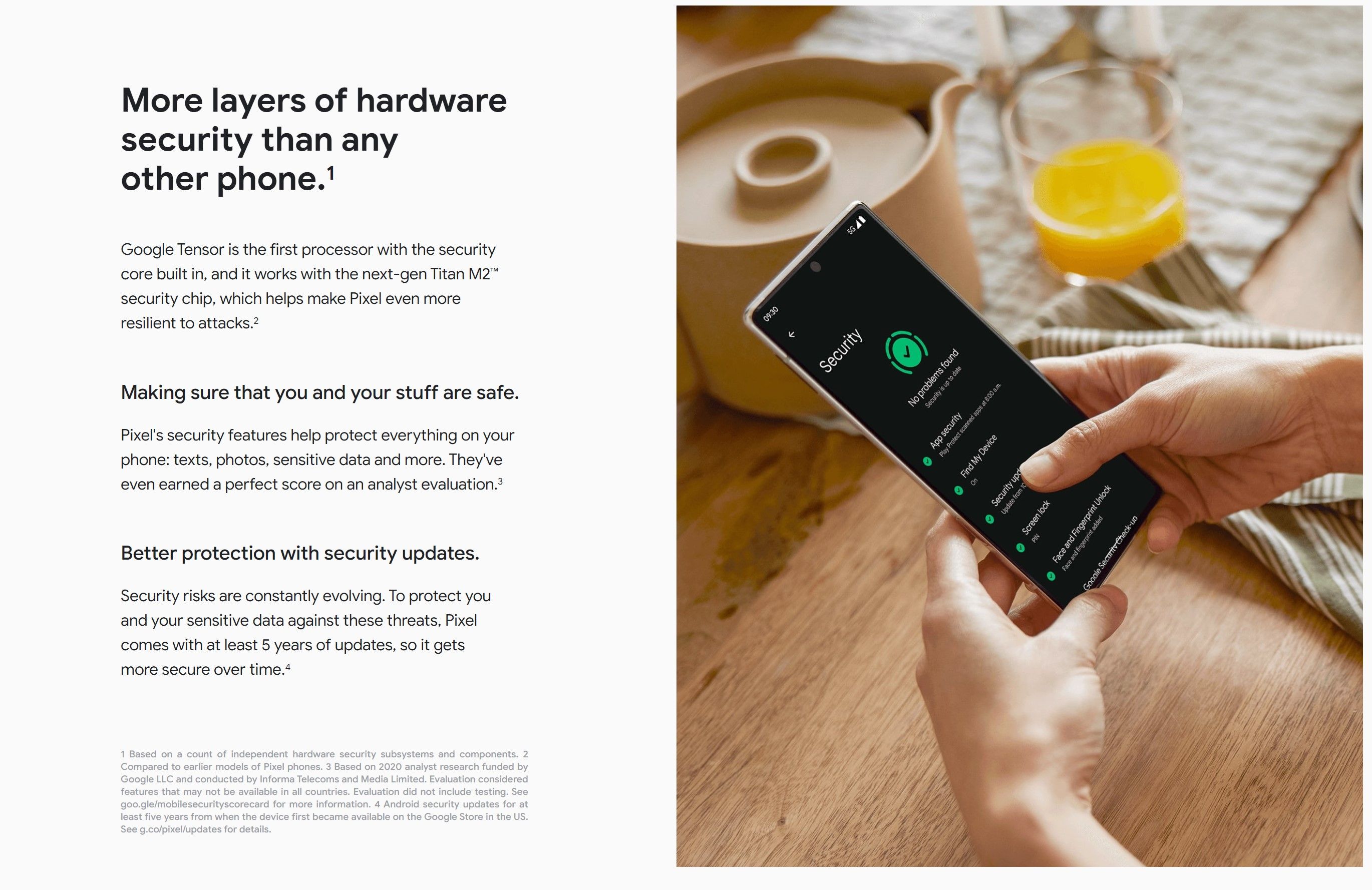Read update
- Pixel 6 and 6 Pro reviews
We first started hearing some concrete details about the Pixel 6 back in May, and to say a lot has happened since would be the understatement of the year. Google issued a surprise announcement for the phone in early August, and the rumor mill hasn’t stopped running since.
UPDATE: 2021/11/02 14:00 EST BY WILL SATTELBERG
Pixel 6 and 6 Pro reviews
The Pixel 6 and Pixel 6 Pro are finally available for purchase, which means we know everything there is to know about both phones. Check out our reviews of each respective model.
In the last few weeks alone, we’ve learned almost everything there is to know about the Pixel 6. Google’s launch event is just days away, but if you just can’t wait any longer, you’ve come to the right place. There are still a few lingering questions, but here’s everything we know so far about the Pixel 6 and Pixel 6 Pro.
A tale of two phones
Google might have launched its last two smartphones in single-size configurations, but with its first actual “‘flagship” device in two years, it’s returning to the status quo. The Pixel 6 is the “smaller” of the two phones, but that’s a relative term here. With a 6.4” display, it’s not exactly pocket-friendly.
Then there’s the Pixel 6 Pro. The most noticeable difference between the two is its larger footprint, all built around a massive 6.7” display. Screen size isn’t the only thing separating these two phones, but it’ll likely play a significant factor in which of the two models most buyers choose.
What do they look like?
For the first time since the Pixel 4, Google has an all-new design language for its latest phone. Gone are the square camera bump and utilitarian matte bodies from previous devices. Instead, a glossy glass back panel and a super-wide camera bump make this look like no other phone on the market right now. It’s been compared to Geordi La Forge from Star Trek — a comparison you can’t unsee once you've heard it.
It’ll come in six colors, each with its own silly Google-approved name. The smaller Pixel 6 comes in pink, green, and black, while the larger 6 Pro sports silver, gold, and… black, again. Unfortunately, the fun colors are limited to the smaller, less feature-packed model.
The fingerprint sensor — a staple of Google’s previous design language — is gone as well, having been relocated under the display for the first time on a Pixel phone.
Aside from the unique back of the device, it’s a pretty great example of modern smartphone design. A display with minimal bezels, a hole-punch front-facing camera, and the usual power and volume rocker buttons along the side of the device are par for the course these days. Google might be redesigning its phone, but it’s not reinventing the wheel.
What are the specs?
Google’s new Tensor SoC powers both phones. The move away from Qualcomm processors is one of the biggest stories surrounding this launch, as we wait to learn just how powerful the Pixel 6’s custom silicon really is. Luckily, the company isn’t alone in this battle — reportedly, Samsung helped out with manufacturing Tensor, which should put most of your worries to rest.
Pixel 6 specs
|
Display |
6.4" 2340 x 1080 90Hz OLED |
|
Storage |
128GB, 256GB |
|
RAM |
8GB |
|
CPU |
Google Tensor SoC |
|
Cameras |
50MP wide, 12MP ultra-wide, 12MP front-facing with 90° FOV |
|
Battery |
4,620mAh 30W charging, 23W wireless charging, Pixel Battery Share |
|
Colors |
Sorta Seafoam, Kinda Coral, Stormy Black |
|
Measurements |
160.4 x 75.1 x 8.2 mm (6.31 x 2.96 x 0.32 in) |
|
Misc. |
In-display fingerprint sensor, Wi-Fi 6E, UWB |
Pixel 6 Pro specs
|
Display |
6.7" 3120 x 1440 120Hz OLED |
|
Storage |
128GB, 256GB, 512GB |
|
RAM |
12GB RAM |
|
CPU |
Google Tensor SoC |
|
Cameras |
50MP wide, 12MP ultra-wide, 48MP 4x telephoto, 12MP front-facing with 90° FOV |
|
Battery |
5,000mAh 30W charging, 23W wireless charging, Pixel Battery Share |
|
Colors |
Sorta Sunny, Cloudy White, Stormy Black |
|
Measurements |
163.9 x 75.8 x 8.9 mm (6.45 x 2.98 x 0.35 in) |
|
Misc. |
In-display fingerprint sensor, face unlock, Wi-Fi 6E, UWB |
As we learned in September, Tensor’s CPU configuration is an interesting mix. While it’s all but certain to deliver speedy performance, the choice to opt for two Cortex A76 cores — rather than using much newer Cortex A78 cores — is odd. It shouldn’t make too much difference in daily use, especially with those built-in Cortex X1 cores running side by side. Still, for a series of devices marketed as returning to “flagship” specs, it’s odd to see Google not swing for the fences here. Thankfully, its Mali-G78 GPU is about as new as you can get right now.
Tensor isn’t the only story here, of course. If you’ve been praying for a true competitor to Apple’s iPhone, this might finally be the year. With a 90Hz 1080p screen on the smaller model and a 120Hz 1440p display on the Pro device, everything from gaming to watching movies to scrolling through Twitter should look phenomenal. The latter even offers refresh rate scaling down to 10Hz, which should give battery life a major boost.
Not that they’ll need it — they’re plenty big enough on their own to make it through a workday. The Pixel 6 packs in a 4,620mAh battery, while the Pixel 6 Pro reportedly manages to boost it up to 5,000mAh. With 30W charging, you can reach 50% in just thirty minutes. Both phones also support Battery Share and 23W wireless charging, though you may need the optional Pixel Stand for the latter.
The smaller Pixel 6 includes 8GB of RAM and 128GB of storage — at least in its starting configuration — while the Pro model boosts its memory to 12GB. It’s not the only difference between the two models, either. Face unlock will be included in the Pro, but if you’re opting for the entry-level model, you’ll be stuck with fingerprints exclusively. As far as connectivity goes, it's complicated. Both models should support Wi-Fi 6E and UWB, but mmWave seems to vary based on region — not hardware.
What about the camera?
Even though Google took the time to give the phone an early reveal, it didn’t focus much on the camera at all. Most of what we’ve learned about the Pixel 6’s imaging capabilities has come through recent leaks, but everything we’ve heard seems promising.
Both devices use the same two primary sensors: a 50MP wide-angle lens from Samsung and a 12MP ultra-wide lens from Sony. The Pixel 6 Pro also features a 48MP telephoto sensor, capable of 4x optical zoom. According to leaked marketing materials, the camera can capture up to 150% more light than previous generations. It’s a promising array, but as always, Google focuses on its software as much as its hardware.
Perhaps the most exciting addition is “Magic Eraser,” finally marking the launch of the object removal feature first teased all the way back in I/O 2017. Other software tricks, like “Face Unblur,” an upgraded portrait mode, and “Motion Mode” all sound like some great new tools in the bag of any mobile photographer.
Of course, Pixels capturing incredible photos shouldn’t come as a surprise to anyone. On the other hand, videography looks to see a massive boost — at least, if you believe Google's promises. Early video tests showed off some excellent HDR content, all thanks to the power of Tensor. The phone has some stiff competition, of course, but if the team behind Pixel is to finally prove their phones are as capable at video recording as they are at photos, this is the year.
Is it shipping with Android 12?
Google’s latest OS update is technically “out,” but the company has yet to push it to any of its devices. However, the ad campaign for the Pixel 6 focuses heavily on Material You, so you can rest assured Android 12 (or some variation, like a 12.1 upgrade) will be on these phones at launch.
Leaked marketing materials also list at least five years of updates, which could indicate a much longer shelf life for both of these phones. It’s entirely possible the Pixel 6 and 6 Pro could receive Android 16 in 2025. Not too shabby.
How much will it cost?
We’ll have to rely on European pricing leaks here to predict how much you'll be spending on these phones. Leaked retail ads have the smaller phone pegged at €650, or about $750. Should those prices hold, that actually seems pretty reasonable.
The larger model doesn’t have anything as concrete as a catalog, but an €899 price — about $1,000 — seems like a feasible expectation. Some rumors have the Pixel 6 Pro starting at $1,100, which seems mighty expensive for what you’re getting. Again, take all of this with a grain of salt. Unless some new leaks strike before Tuesday, October 19th, we’ll likely have to wait for official numbers.
When will it come out?
And speaking of waiting: release dates. We’ve all been eager for months to get our hands on these phones, and Google’s early unveiling didn’t help matters. As far as when pre-orders and shipments will start, there hasn’t been a ton of information.
Not helping matters is the ongoing chip shortage, which has caused havoc in every industry that even remotely intersects with technology. Even Samsung has struggled to keep its smartphone plans on track, and Google — massive as it may be — will likely face similar challenges. Rather than speculate about a possible release date, we’ll leave it at this: don’t be surprised if, like the Galaxy Z Fold3 before it, those shipping dates start to slip back soon after pre-orders begin.
The Pixel 6 and 6 Pro look to be some of the most exciting phones in a long time. Despite a strong showing from the midrange A-series, Google’s smartphone lineup hasn’t seen a true flagship worthy of competing with Samsung, OnePlus, and Apple in a long time.
We’ll have to get both of these phones in our hands before we can determine if they’re as good as leaked specs make them out to be. Luckily, we don’t have to wait much longer — Google’s launch event is set for Tuesday, October 19th at 10 AM PT.

